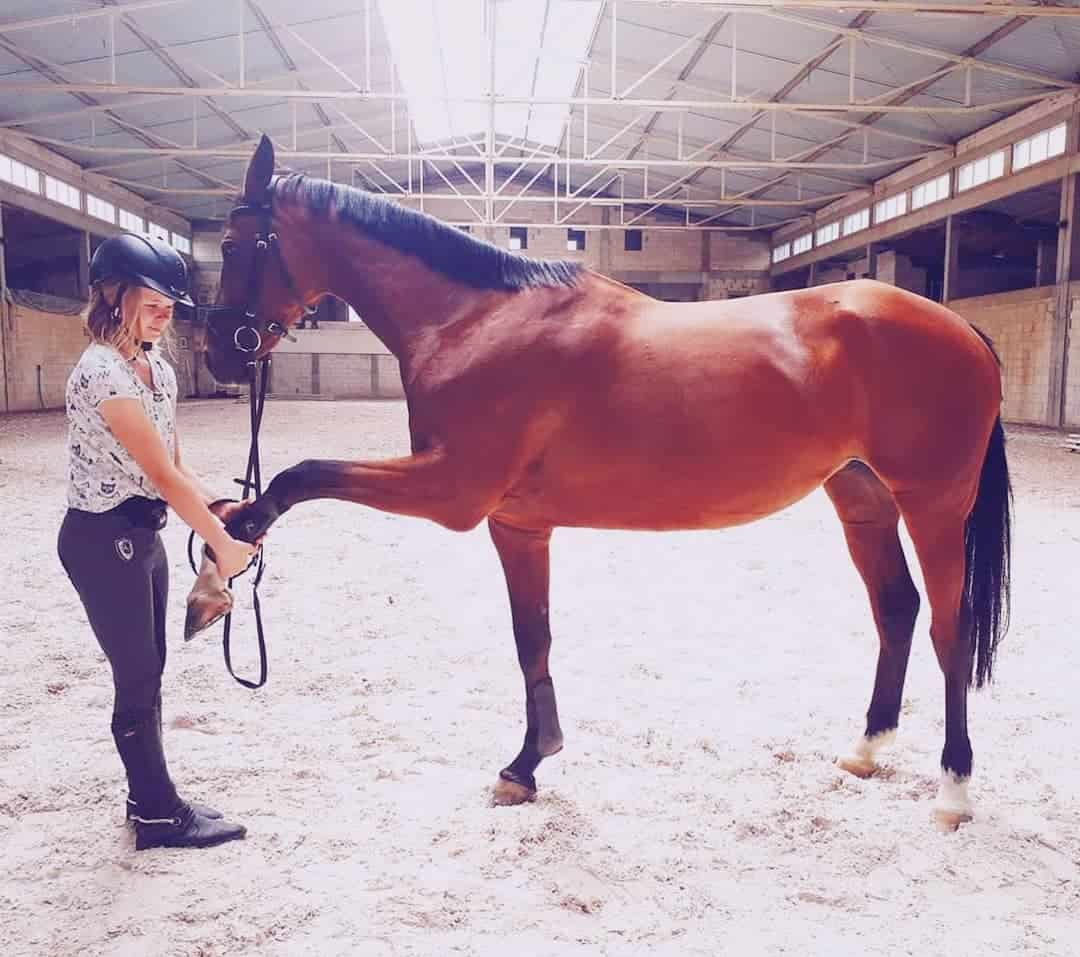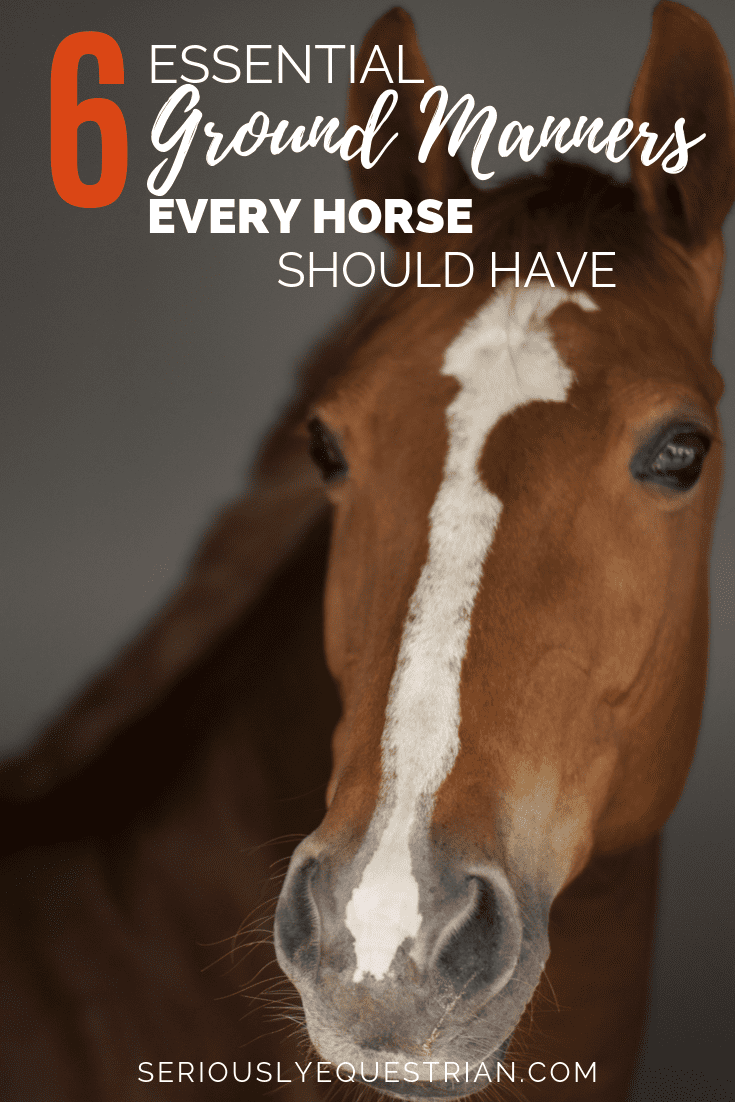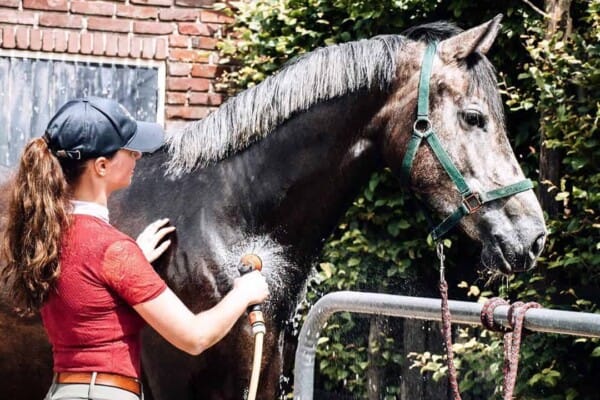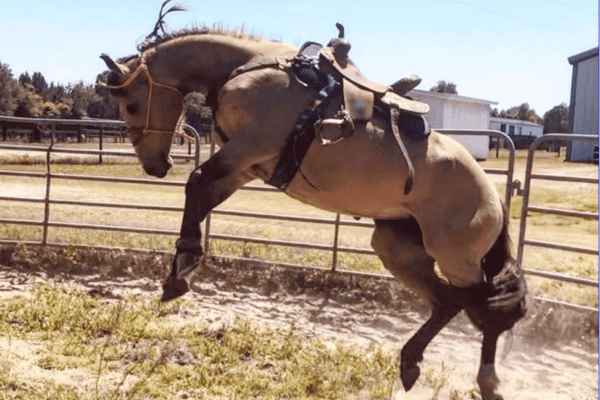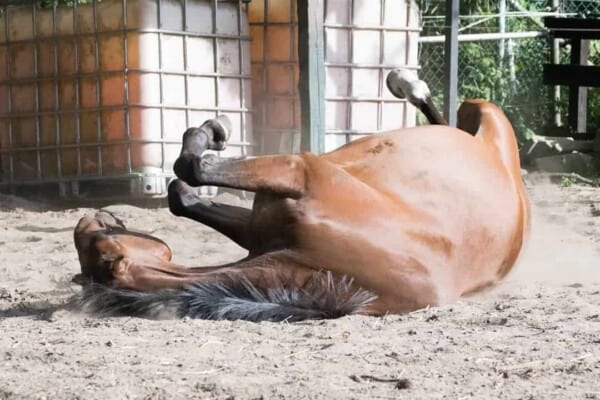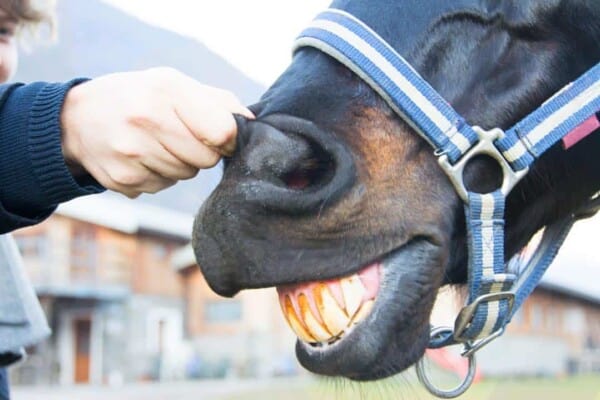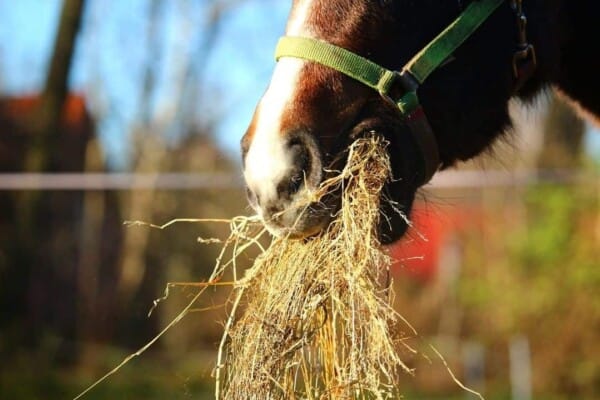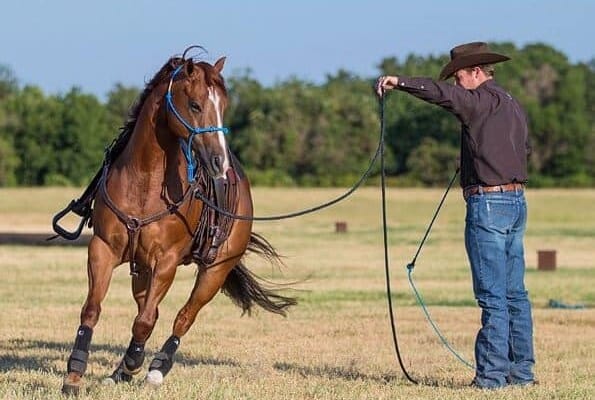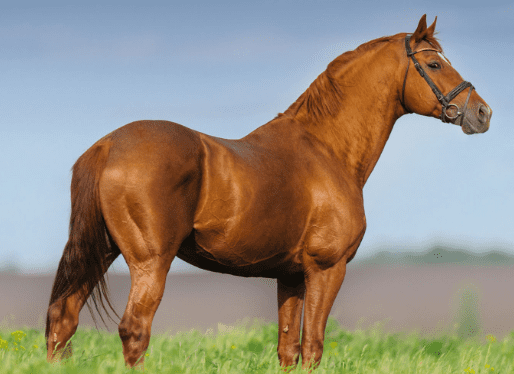Manners on the ground are absolutely essential for any horse, the bigger they are the more essential they are. If a horse is not well mannered on the ground, it will be virtually impossible to do anything with him from grooming to shoeing, lungeing to loading. Rather than being simply unpleasant and irritating, it can actually become very dangerous. And if a horse does not respect you on the ground then he may also not show manners under saddle. Browse our top 6 essential horse ground manners and see how your equine friend measures up.
- Solitary confinement – at weaning time, usually around six months old, a foal is separated from the mare and usually has a companion for company whilst he learns to be without her. It is crucial that once the foal has got over the weaning, he learns to be totally alone. Having a horse that will not stable, graze, hack or travel on their own will cause huge problems down the line. Short periods in a stable with the top door shut starting with ten minutes and gradually increasing the time is a vital part of any young horse’s education
- Tying up – tying up to a ring tie and standing quietly whilst he is groomed, tacked up, rugged or shod is an early life lesson for the young horse. Initially, tying up with another horse for company is a good way to introduce the concept. When the horse is first tied up alone, the lesson of solitude should have already been learned and accepted in the stable. When the horse is initially tied up in company, a handler should stand at the horse’s head to ensure he does not pull back and break the string. Start with just a few minutes gradually lengthening the time. Always tie to baler twine or use a safety device. If your horse has learned to pull back and break the string then you will never really be able to trust him in an open space, for example, a lorry park at an event
- Leading in hand – all horses should be taught to lead quietly in hand, from both sides even though routinely, they are led off the left or near side. The handler should be at the horse’s shoulder with the horse’s head and neck beyond them. The horse should walk, trot and halt to command and turn with the handler walking around them so turning to the right away from them. Good behaviour in hand is vital, more accidents occur on the ground to the handler than on the back of the horse. Youngsters can benefit from a little in hand showing to further their education before they are broken in
- Loading – horse ground manners and obedience are never more critical than when you are teaching a horse to load onto a lorry or trailer. Many people encounter serious issues at this point because they do not have real control over the horse demonstrating sometimes that it will not even lead correctly. With the challenge of introducing a green or inexperienced horse to transport, your basic ground control must be in place as it could be sorely tested. Above all, the horse needs confidence in his handler and clear behavioural parameters
- Lungeing – horses can be fresh on the lunge but lungeing is a key element of backing and onward training plus a very useful and informative way to work the horse later on throughout his life and schooling. If your ground work has been done properly and the horse has good ground manners then he should also be well mannered on the lunge and understand the voice commands which are familiar to him when you handle him in the stable or the field
- Personal space – when the horse is at liberty in the field or stable, he should obey voice commands to step back and move over and not crowd the handler. He needs to understand and respect the personal space of humans who in turn need to understand his needs, such as leaving him alone with his feed
Horse ground manners add up. After all, most owners spend more time on the ground with their precious equines than they ever do riding them. There are so many things we need the horse to co-operate with and if that early basic training is absent or patchy, it can always prove tricky going forward. Horse ground manners are not based on blind obedience or total domination instead, a relationship of mutual trust and respect where the horse understands what is required of him. Happy horses are ones that live with clear, fair and defined ground rules.

